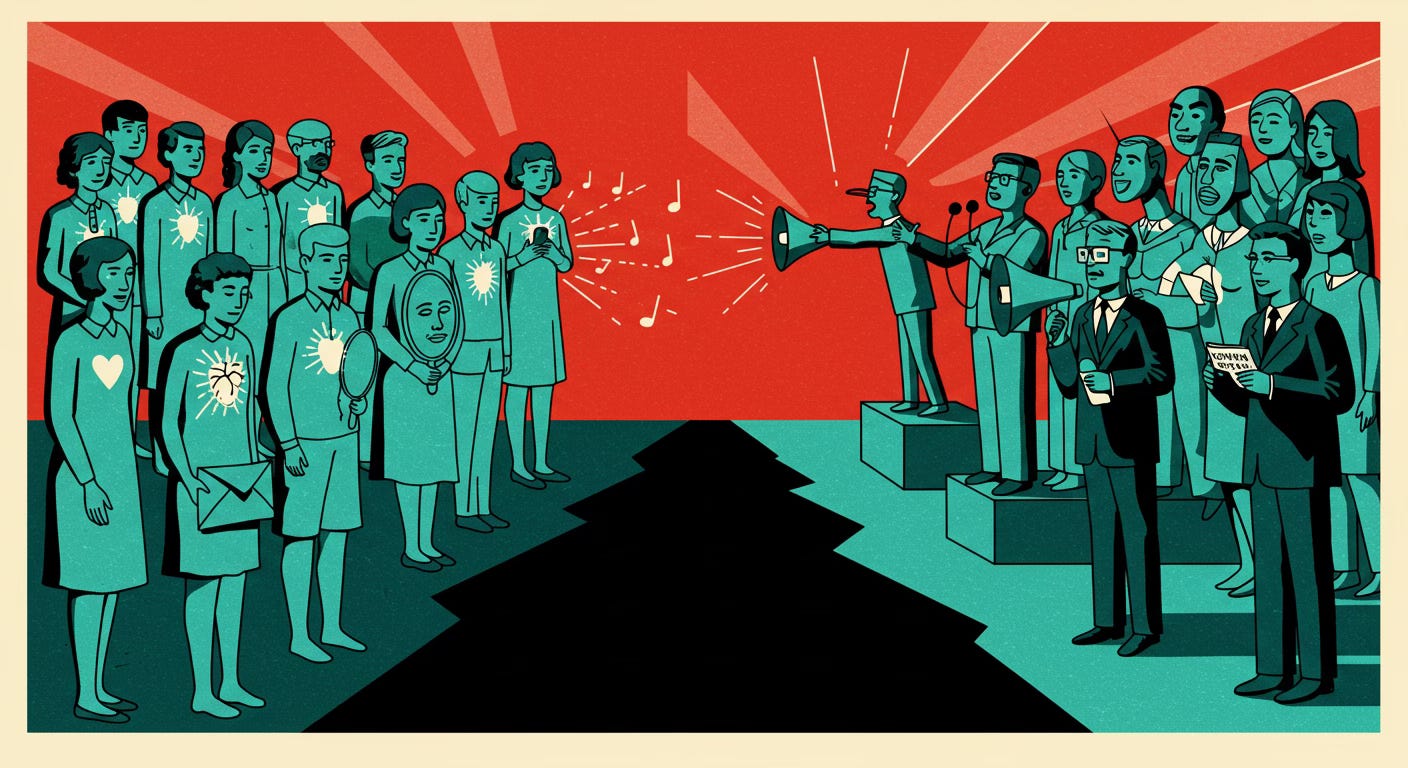Whispers of the Soul vs Masks of the Mind: Externalisers and Internalisers in a World of Measured Speech
Human expression unfolds along a hidden spectrum where two distinct archetypes coexist: the externaliser, who turns emotions and thoughts into open declarations, and the internaliser, who filters every sentiment before granting it visibility. While this duality might seem reminiscent of the introvert-extrovert classification, it operates in a fundamentally different sphere—not of social energy, but of emotional transparency and strategic self-expression. Externalisers often live unfiltered, allowing words to mirror their inner world; internalisers, by contrast, live in a state of self-curation, exposing only what is socially digestible, politically correct, or strategically harmless.
In romantic settings, this divide becomes especially vivid. An externaliser may confess affection early, not from desperation but from sincerity, wanting the other to clearly see what stirs inside. Yet, society often interprets such candor as vulnerability or emotional recklessness. Conversely, internalisers mask desire behind polite restraint. They might feel deeply but share selectively, fearing misinterpretation or premature intimacy. The internaliser’s self-censorship is not indifference, but an armor forged against cultural codes that shame emotional immediacy and reward slow, calibrated disclosures.
The professional world mirrors this tension. Externalisers might express discontent openly, call out inefficiencies, or pitch bold ideas without reservation. Yet they risk being labelled “difficult,” “overly emotional,” or “lacking diplomacy.” Internalisers, meanwhile, withhold objections during meetings, couch criticism in euphemism, and survive within the corporate theatre of moderation. Their restraint may earn them access to decision-making circles—but it also builds a silent ledger of suppressed truth, one that weighs invisibly on their mental and emotional landscape.
The question arises: who pays the greater price? Externalisers may find themselves alienated for being too much in a world that rewards ambiguity. But what does it cost an internaliser to consistently filter, mute, and rephrase their authentic self for the sake of strategic compatibility? The soul, after all, is not a storage unit with infinite space. Over time, accumulated silences and buried impulses create a subtle emotional erosion, where clarity is lost beneath the fog of diplomacy. Internalisers may achieve their goals—but often at the expense of their own internal congruence.
And yet, for internalisers, this cost is often framed as a worthy trade. Many find satisfaction in the discipline of self-mastery, believing that thoughtful silence is nobler than impulsive disclosure. For them, it is not suppression, but a form of wisdom—navigating social terrain without unsettling its delicate architecture. There’s a sense of power in knowing more than one says, in choosing not to reveal, and in watching outcomes unfold precisely because of what remained unsaid. This satisfaction is subtle, inward, and difficult to articulate—but real.
Still, the emotional toll cannot be dismissed. Relationships with internalisers often feel distant or imprecise; the lack of verbal affirmation or emotional openness can breed misunderstanding. Internalisers may long for deeper connection, but their own rules of engagement often prevent it. They live behind an emotional firewall, protecting themselves from judgment but also isolating themselves from spontaneous intimacy. Even in moments of joy or sorrow, their expressions are curated—artifacts of thought, not pure transmission of feeling.
In contrast, externalisers live with emotional immediacy. They speak their joy and pain in equal measure, unburdened by the anxiety of being “too much.” Their openness may be punished socially, but they enjoy a psychological lightness—no secret compartments, no rehearsed responses. Their vulnerability becomes a form of inner liberation, even when it clashes with social norms. They may suffer more public defeats or awkward moments, but they are seldom haunted by the weight of things left unsaid.
Yet, externalisers too have their Achilles’ heel. The world is not always ready for raw truth. In societies increasingly governed by codes of optics and tone, expressing the unvarnished self can lead to misunderstanding or exclusion. Externalisers often find themselves either misunderstood or strategically outmaneuvered by the quieter, more calculated internalisers. The irony is stark: those who speak their truth often lose to those who curate theirs.
Ultimately, this dichotomy is not about moral superiority but about emotional economics. Each approach represents a different currency: externalisers trade in authenticity, risking social friction for internal peace. Internalisers invest in strategic silence, gaining external validation at the potential cost of inner coherence. The true question lies not in who is right, but in what each person can sustainably live with. Can one endure the loneliness of withholding for the sake of long-term gain? Or the risk of rejection for the peace of being fully seen?
In a world where communication is both a tool and a weapon, the real wisdom might lie in balance. Express where it heals, withhold where it protects. For both externalisers and internalisers, the key may not be to switch identities—but to know when the moment calls for light, and when for shadow.

